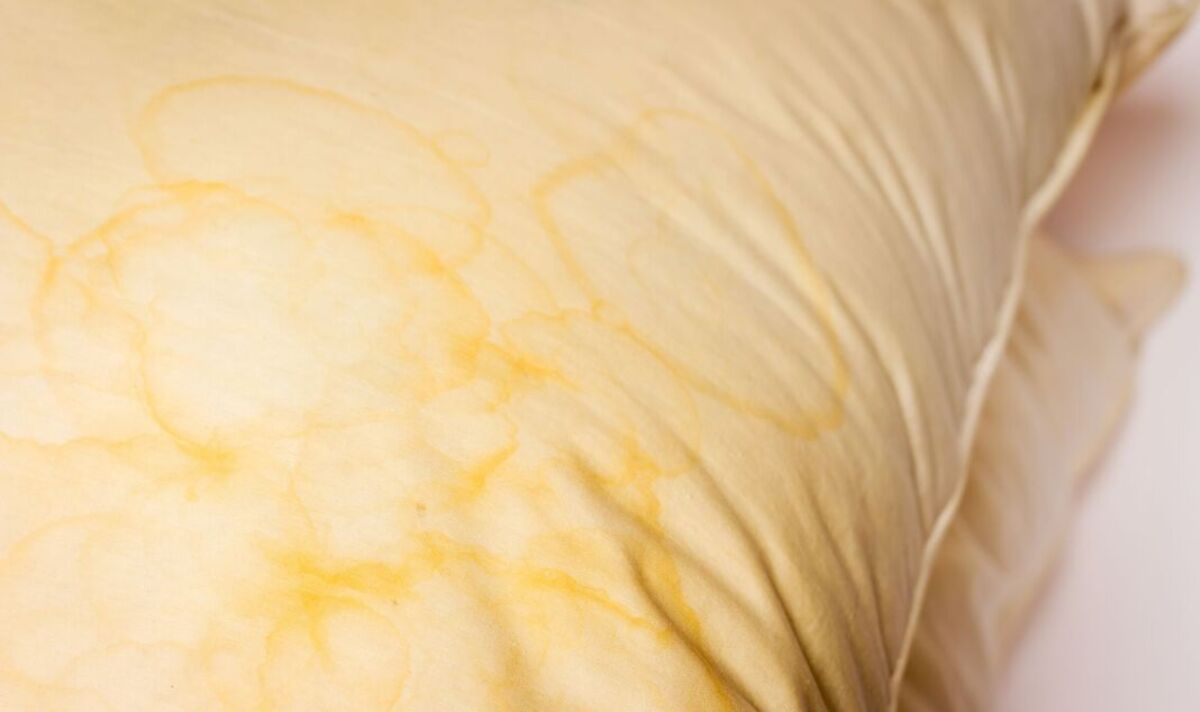

Articles
Why Do My Pillows Turn Yellow
Modified: January 18, 2024
Learn why your pillows turn yellow and how to prevent it in this informative article. Find out what causes discoloration and how to keep your pillows clean and fresh.
(Many of the links in this article redirect to a specific reviewed product. Your purchase of these products through affiliate links helps to generate commission for Storables.com, at no extra cost. Learn more)
Introduction
Pillows are an essential part of our sleep routine, providing comfort and support during the night. However, have you ever noticed that over time, your pillows start to turn yellow? This yellowing can be unsightly and may leave you wondering why it’s happening. In this article, we will explore the causes of yellow pillows and provide some helpful tips on how to prevent and eliminate this issue.
Yellowing pillows can be caused by a variety of factors, including sweat and body oils, environmental factors, and improper washing and drying methods. Understanding these causes can help you take proactive measures to maintain the freshness and cleanliness of your pillows.
Key Takeaways:
- Regular washing and maintenance, along with the use of pillow protectors, are essential in preventing yellowing of pillows. Sunning pillows can also help eliminate moisture, bacteria, and odors, contributing to a healthier sleeping environment.
- Understanding the causes of yellowing, such as sweat and body oils, environmental factors, and improper washing and drying techniques, is key to preventing this issue. By implementing proactive measures, you can keep your pillows fresh, clean, and free from discoloration.
Read more: Why Is My Pillowcase Turning Yellow
Causes of Yellow Pillows
Key Takeaways:
- Regular washing and maintenance, along with the use of pillow protectors, are essential in preventing yellowing of pillows. Sunning pillows can also help eliminate moisture, bacteria, and odors, contributing to a healthier sleeping environment.
- Understanding the causes of yellowing, such as sweat and body oils, environmental factors, and improper washing and drying techniques, is key to preventing this issue. By implementing proactive measures, you can keep your pillows fresh, clean, and free from discoloration.
Read more: Why Is My Pillowcase Turning Yellow
Causes of Yellow Pillows
Yellowing pillows can be a frustrating issue, but understanding the underlying causes can help you address the problem effectively. Here are some common factors that contribute to yellow pillows:
- Sweat and Body Oils: Over time, our bodies release sweat and natural oils, which can be absorbed by pillows. These substances can leave behind residue that gradually causes the pillow fabric to turn yellow.
- Environmental Factors: Environmental factors such as dust, pollen, and air pollution can also contribute to yellowing pillows. These particles settle on the surface of the pillows and can build up over time, leading to discoloration.
- Improper Washing and Drying: Pillows need regular washing to remove dirt, oils, and dust. However, if not washed properly or dried thoroughly, the trapped moisture can lead to mold or mildew growth. This can result in yellow stains on the pillows.
- Age and Wear: As pillows age, their materials can break down and become less resistant to stains. This can make them more prone to yellowing, even with proper care and maintenance.
It’s important to note that the causes of yellow pillows can vary based on individual factors such as the type of pillow, personal hygiene habits, and sleeping environment. By identifying the specific cause, you can take targeted measures to prevent and eliminate yellowing.
Sweat and Body Oils
Sweat and body oils are natural occurrences that happen to everyone throughout the night. While it may not be visible to the naked eye, these substances are released by our bodies and can saturate into our pillows, causing them to turn yellow over time.
When we sleep, our bodies go through a process of regulating temperature, and this often leads to sweating. Sweat contains natural oils and salts, which can seep into our pillows and create an environment for bacteria and fungi to thrive.
Body oils, on the other hand, are produced by our sebaceous glands and are essential for maintaining healthy skin. However, these oils can transfer onto our pillows, attracting dust and dirt particles. Over time, the combination of body oils, sweat, and particles can lead to yellowing and discoloration.
Factors such as lifestyle, physical activity, and personal hygiene habits can also influence the amount of sweat and body oils our bodies produce. For example, individuals who engage in regular exercise or live in warmer climates may experience higher levels of sweating and oil production.
To prevent yellowing due to sweat and body oils, regular pillow maintenance is crucial. Here are some tips:
- Washing: It’s important to wash your pillows regularly to remove sweat and oil buildup. Follow the care instructions on the pillow tag for the appropriate washing method.
- Pillow Protectors: Investing in pillow protectors can help create a barrier between your pillow and your body. These protectors are designed to be easily removable and washable, providing an added layer of defense against sweat and body oils.
- Regular Rotation: Rotate and fluff your pillows regularly to distribute the oil and sweat evenly. This can help prevent excessive saturation in one area and potentially reduce yellowing.
- Healthy Hygiene Habits: Practicing good hygiene, such as showering before bed and keeping your face clean, can help reduce the amount of sweat and oil transferred to your pillows.
By being proactive in managing sweat and body oils, you can significantly reduce the chances of yellowing and keep your pillows fresh and clean for a longer period.
Environmental Factors
While sweat and body oils are significant contributors to yellowing pillows, environmental factors can also play a role in the discoloration. Various elements in our surroundings can settle on our pillows and gradually cause them to turn yellow over time.
Dust, pollen, air pollution, and other particulate matter are all common contaminants in our environments. They can make their way onto our pillows through open windows, doors, and simply through the air circulation in our homes. These particles can accumulate on the pillow’s surface and seep into the fabric, leading to discoloration over time.
The amount of yellowing caused by environmental factors can vary depending on factors such as the season, geographical location, and proximity to pollutant sources. For example, individuals living in urban areas with high levels of pollution may experience more significant discoloration compared to those in rural or cleaner environments.
To protect your pillows from environmental factors and prevent yellowing, consider the following steps:
- Pillow Covers: Encase your pillows in removable and washable covers. These covers act as a barrier between your pillow and the external environment, preventing dirt, dust, and pollen from settling on the pillow surface.
- Frequent Cleaning: Regularly vacuum your bedroom and wash your pillow covers, particularly during high pollen seasons or in areas with high pollution levels. This helps minimize the accumulation of external particles that can contribute to yellowing.
- Avoid Outdoor Exposure: Whenever possible, avoid placing your pillows directly near open windows or doors, especially during periods of high pollen or pollution. This can significantly reduce the amount of environmental contaminants that come into contact with your pillows.
- Air Purification: Consider using air purifiers in your bedroom to minimize the presence of airborne particles that can settle on your pillows. This can be especially beneficial for individuals who are particularly sensitive to allergies or respiratory conditions.
By being mindful of the environmental factors that can contribute to yellowing pillows, you can take steps to preserve the cleanliness and freshness of your bedding.
Read more: Why Is My Ornamental Grass Turning Yellow
Improper Washing and Drying
Proper washing and drying techniques are essential for maintaining the cleanliness of your pillows and preventing them from turning yellow. However, improper practices can actually contribute to discoloration and damage to the pillow fabric.
Here are some common mistakes to avoid when washing and drying your pillows:
- Using Too Much Detergent: Excessive use of detergent can leave residue on the pillow fabric, particularly if not rinsed thoroughly. This residue can attract dirt and oils, leading to yellowing over time. Use the recommended amount of detergent as stated on the product label.
- Inadequate Rinsing: Proper rinsing is crucial to remove all detergent and soap residue from the pillow. Failing to rinse thoroughly can result in residue buildup, which can contribute to discoloration. Rinse the pillows multiple times until the water runs clear.
- Using Bleach: While bleach can be effective in removing stains, it can also cause yellowing on certain types of pillow materials. Avoid using bleach unless specifically recommended for your pillow.
- High Heat Drying: Exposing your pillows to high heat levels during the drying process can damage the fabric and cause them to turn yellow. Opt for low or medium heat settings and periodically check the pillows for dryness to prevent overheating.
- Insufficient Drying: Failing to dry your pillows completely can result in the growth of mold or mildew, which can lead to yellow stains and unpleasant odors. Ensure that your pillows are thoroughly dry before use.
To properly wash and dry your pillows, follow these best practices:
- Read Care Instructions: Check the care instructions on the pillow label for specific washing and drying guidelines.
- Choose the Right Washing Method: Different types of pillows require different cleaning techniques. Some pillows may be machine-washable, while others may need to be hand-washed or dry cleaned.
- Use Gentle Detergents: Opt for mild, gentle detergents that are specifically designed for delicate fabrics. Avoid using harsh chemicals or strong bleaching agents unless recommended.
- Proper Drying: If machine-drying your pillows, use low or medium heat settings and consider using dryer balls or tennis balls to help fluff the pillows. Alternatively, you can air dry them in a well-ventilated area, ensuring that they are completely dry before use.
By following proper washing and drying techniques, you can maintain the cleanliness of your pillows and prevent yellowing caused by improper care methods.
Prevention of Yellowing
Preventing yellowing of pillows requires a combination of regular maintenance and proactive measures. By implementing the following prevention strategies, you can keep your pillows looking fresh and clean:
Regular Washing and Maintenance
One of the most effective ways to prevent yellowing is to establish a routine for washing your pillows. Regular cleaning helps remove sweat, body oils, and external contaminants that can lead to discoloration. Follow these guidelines:
- Check the care instructions on your pillow label and follow the recommended washing frequency.
- Choose a mild detergent and wash your pillows on a gentle cycle, using warm water unless otherwise specified.
- Rinse the pillows thoroughly to remove all traces of detergent, ensuring the water runs clear.
- Dry the pillows thoroughly, either on a low heat setting in the dryer or by air drying in a well-ventilated area.
Use of Pillow Protectors
Pillow protectors are a valuable investment when it comes to preserving the freshness of your pillows. These protective covers act as a barrier, shielding your pillows from sweat, body oils, dust, and allergens. Consider the following:
- Choose pillow protectors made of breathable, hypoallergenic materials to ensure optimal comfort.
- Make sure the pillow protectors fit snugly around your pillows and are easily removable for washing.
- Wash the pillow protectors regularly according to the care instructions to maintain their effectiveness.
Read more: Why Is My Shower Curtain Turning Yellow
Sunning the Pillows
Exposing your pillows to sunlight can provide some benefits in preventing yellowing. Sunning your pillows helps remove moisture, bacteria, and odors. Here’s what you can do:
- On a sunny day, take your pillows outside and place them in direct sunlight for a few hours.
- Flip the pillows occasionally to ensure that both sides are exposed to the sunlight.
- Avoid leaving the pillows outside for an extended period, as excessive exposure to sunlight can cause fading.
By incorporating these prevention strategies into your pillow care routine, you can effectively reduce the chances of yellowing and maintain the cleanliness and freshness of your pillows for a longer period.
Regular Washing and Maintenance
A key aspect of preventing yellowing in pillows is establishing a routine for regular washing and maintenance. By keeping your pillows clean and fresh, you can minimize the build-up of sweat, body oils, and external contaminants that contribute to discoloration.
Follow these guidelines to ensure proper washing and maintenance of your pillows:
- Read Care Instructions: Check the care instructions provided by the manufacturer for specific washing guidelines. Different types of pillows may require different cleaning methods.
- Washing Frequency: Aim to wash your pillows every 4 to 6 months to maintain cleanliness. However, if you have allergies, it may be beneficial to wash them more frequently to alleviate symptoms.
- Machine Washable Pillows: If your pillows are machine washable, place them in the washing machine, along with a mild detergent. Use warm water unless otherwise specified.
- Pillow Types: Different types of pillows may have specific care needs. For example, foam or memory foam pillows may require spot cleaning or hand washing rather than machine washing.
- Rinse Thoroughly: After washing, rinse the pillows multiple times to ensure all traces of detergent are removed. Residual detergent can attract dirt and oils, leading to yellowing over time.
- Drying Process: Proper drying is crucial to prevent moisture buildup and the growth of mold or mildew. If suitable for machine drying, use a low or medium heat setting. Consider adding dryer balls or tennis balls to help fluff the pillows. Alternatively, air dry the pillows in a well-ventilated area until they are completely dry.
- Fluffing and Shaping: Once the pillows are dry, fluff and reshape them to restore their original loft and appearance.
In addition to regular washing, proper maintenance practices can prolong the lifespan of your pillows and reduce yellowing:
- Fluffing: Fluff your pillows daily to redistribute the filling and prevent clumping. This helps maintain the integrity of the pillow and prevents it from flattening.
- Protective Covers: Consider using pillow protectors to shield your pillows from sweat, body oils, dust, and allergens. These covers act as an additional barrier and can be easily washed.
- Regular Rotation: Rotate and flip your pillows regularly to ensure even wear and prevent one side from yellowing more than the other.
- Replace When Necessary: Over time, pillows can lose their shape and support, even with regular maintenance. If your pillows become flat or lumpy, it may be time to replace them to maintain optimal comfort and hygiene.
By following these regular washing and maintenance practices, you can effectively keep your pillows clean, fresh, and free from yellowing for a longer duration.
Use of Pillow Protectors
To protect your pillows from sweat, body oils, dust, and allergens, using pillow protectors is an excellent preventative measure. These protective covers act as a barrier, preserving the cleanliness and freshness of your pillows while preventing yellowing.
Consider the following benefits and best practices when using pillow protectors:
Benefits of Pillow Protectors
- Shield from Sweat and Body Oils: Pillow protectors create a protective layer that prevents sweat and body oils from directly contacting the pillow fabric. This helps minimize the absorption of these substances and reduces the chances of yellowing over time.
- Dust and Allergen Protection: Pillow protectors act as a barrier against dust mites, allergens, and other particles that can trigger allergies or respiratory issues. By reducing exposure to these irritants, pillow protectors contribute to a healthier sleeping environment.
- Extend Pillow Lifespan: By protecting your pillows from stains and soiling, pillow protectors help extend their lifespan. This means you can enjoy the comfort and support of your pillows for a longer duration before needing to replace them.
- Easily Removable and Washable: Pillow protectors are designed to be easily removable, allowing you to conveniently wash and maintain them along with your regular laundry routine.
Read more: Why Do Mattress Toppers Turn Yellow
Best Practices with Pillow Protectors
- Choose Quality Protectors: Look for pillow protectors made of breathable, hypoallergenic materials that are suitable for your needs. Ensure that they fit snugly around your pillows to provide optimal protection.
- Regularly Wash Protectors: Just like your pillows, pillow protectors require regular cleaning to maintain their effectiveness. Refer to the care instructions provided by the manufacturer to determine the recommended washing frequency.
- Keep Extra Protectors on Hand: Having spare pillow protectors allows you to rotate them while washing, ensuring that you always have a clean and fresh cover for your pillows.
- Replace Damaged Protectors: Over time, pillow protectors may become torn or damaged. It’s important to replace them if they no longer provide sufficient coverage or if their integrity is compromised.
Pillow protectors are an affordable and convenient solution to protect your pillows from yellowing and maintain their cleanliness. By using these protective covers, you can enjoy fresh and hygienic pillows for years to come.
To prevent pillows from turning yellow, use pillow protectors to shield them from sweat and oils. Wash pillowcases regularly and use a gentle, bleach-free detergent when washing pillows. Sun-dry them to help remove any lingering discoloration.
Sunning the Pillows
Exposing your pillows to sunlight can be an effective method to prevent yellowing and keep them fresh and clean. Sunning your pillows helps eliminate moisture, bacteria, and odors, contributing to a healthier sleeping environment.
The Benefits of Sunning
- Removal of Moisture: Sunlight helps to evaporate any moisture that may have accumulated in the pillows. This can help prevent mold and mildew growth, which can lead to yellow stains and unpleasant odors.
- Bacteria and Odor Reduction: Sunning pillows can help kill bacteria and eliminate any lingering odors. The sun’s natural ultraviolet rays have disinfectant properties that can help refresh and sanitize the pillows.
- Improved Freshness: Sunning your pillows outdoors can leave them smelling fresher and feeling revitalized. The natural sunlight and fresh air can help eliminate trapped odors and make your pillows feel more inviting.
Steps for Sunning Pillows
- Choose a Sunny Day: Pick a sunny day when weather conditions permit. Avoid sunning your pillows during humid or extremely hot weather, as excessive exposure to heat may damage the pillow materials.
- Select an Outdoor Area: Find a clean and dry area outside where you can place your pillows to sun them. Ensure that the area is free from dirt, pollen, and other debris that may stain or accumulate on the pillows.
- Place the Pillows Evenly: Lay the pillows flat on a clean surface, allowing both sides to be exposed to the sun. If possible, avoid folding or overlapping the pillows to ensure an even distribution of sunlight.
- Flip and Rotate: Periodically turn and flip the pillows to ensure that both sides receive equal exposure to the sun’s rays. This helps promote even drying and thorough sanitization.
- Monitor the Pillows: Regularly check the pillows to ensure they are not becoming excessively hot or overheating. If necessary, temporarily relocate them to a shaded area to prevent damage from prolonged exposure to sunlight.
- Bring the Pillows Indoors: Once your pillows have spent a few hours in the sun, bring them back inside to avoid extended exposure to sunlight, which can cause fading of colors or materials.
It’s important to note that sunning your pillows should be done in moderation and as an additional method of maintaining cleanliness. Regular washing and proper pillow care should still be practiced to ensure optimal hygiene and prevent yellowing.
By sunning your pillows periodically, you can help reduce moisture, bacteria, and odors, keeping them fresh and prolonging their lifespan.
Read more: Why Is My St. Augustine Grass Turning Yellow
Conclusion
Yellowing pillows can be unsightly, but with proper care and preventative measures, you can keep them fresh, clean, and free from discoloration. Understanding the causes of yellowing, such as sweat and body oils, environmental factors, and improper washing and drying techniques, is key to preventing this issue.
Regular washing and maintenance are essential to preserving the cleanliness of your pillows. Follow the care instructions provided by the manufacturer, use gentle detergents, and ensure thorough rinsing and drying. By establishing a routine for washing your pillows every few months, you can remove sweat, body oils, and external contaminants that contribute to yellowing.
Additionally, consider using pillow protectors to create a barrier between your pillows and sweat, body oils, dust, and allergens. These protective covers are removable and washable, making them an excellent investment for maintaining the freshness and cleanliness of your pillows.
Another helpful technique to prevent yellowing is sunning your pillows. Expose them to sunlight on a sunny day to remove moisture, bacteria, and odors. Just be cautious not to overexpose them to avoid damaging the materials or causing fading.
In conclusion, by implementing regular washing and maintenance, using pillow protectors, and sunning your pillows, you can effectively prevent yellowing and enjoy clean, fresh, and appealing pillows for a longer period. Remember to assess your individual needs, follow care instructions, and adapt these practices accordingly for the best results.
Frequently Asked Questions about Why Do My Pillows Turn Yellow
Was this page helpful?
At Storables.com, we guarantee accurate and reliable information. Our content, validated by Expert Board Contributors, is crafted following stringent Editorial Policies. We're committed to providing you with well-researched, expert-backed insights for all your informational needs.
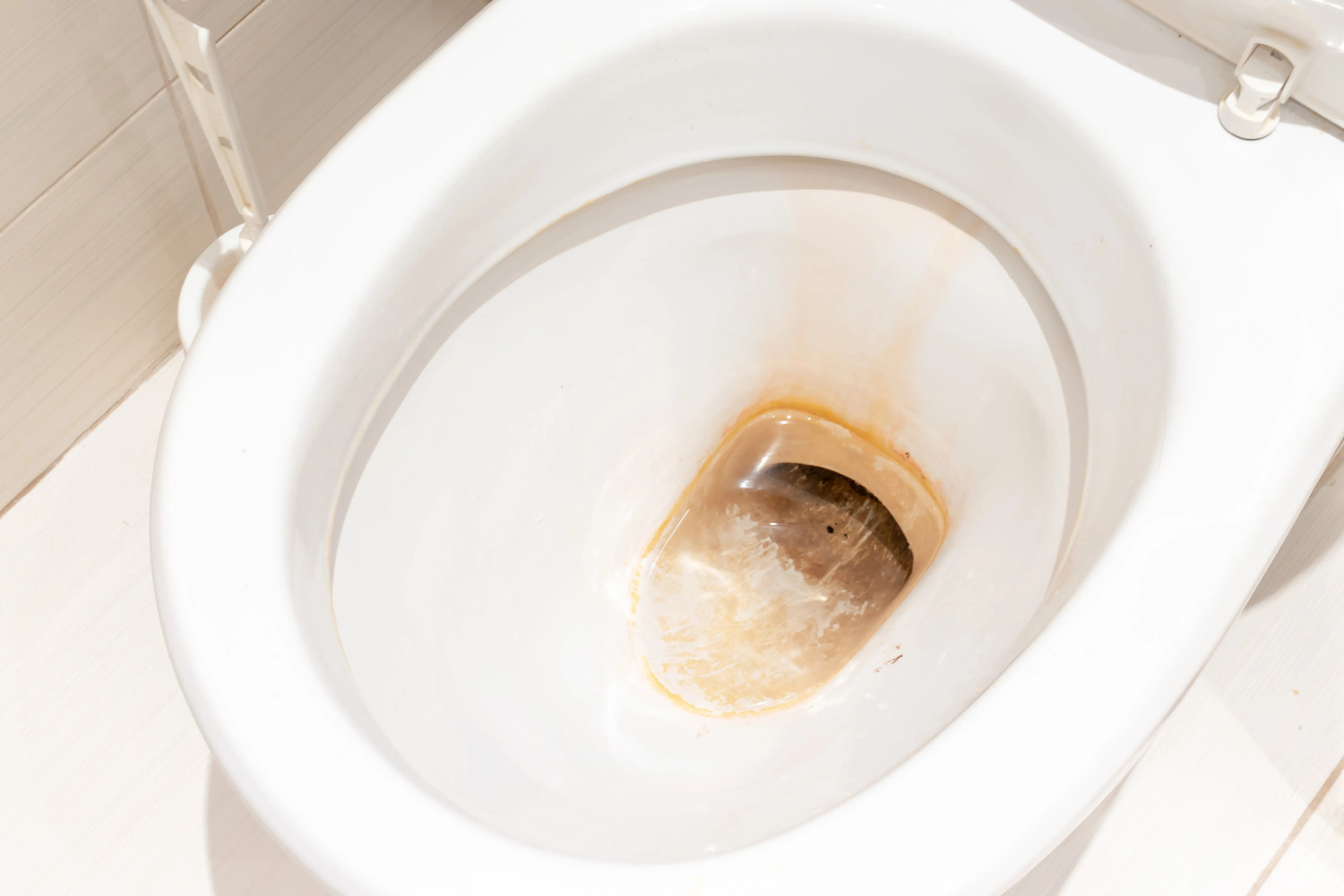
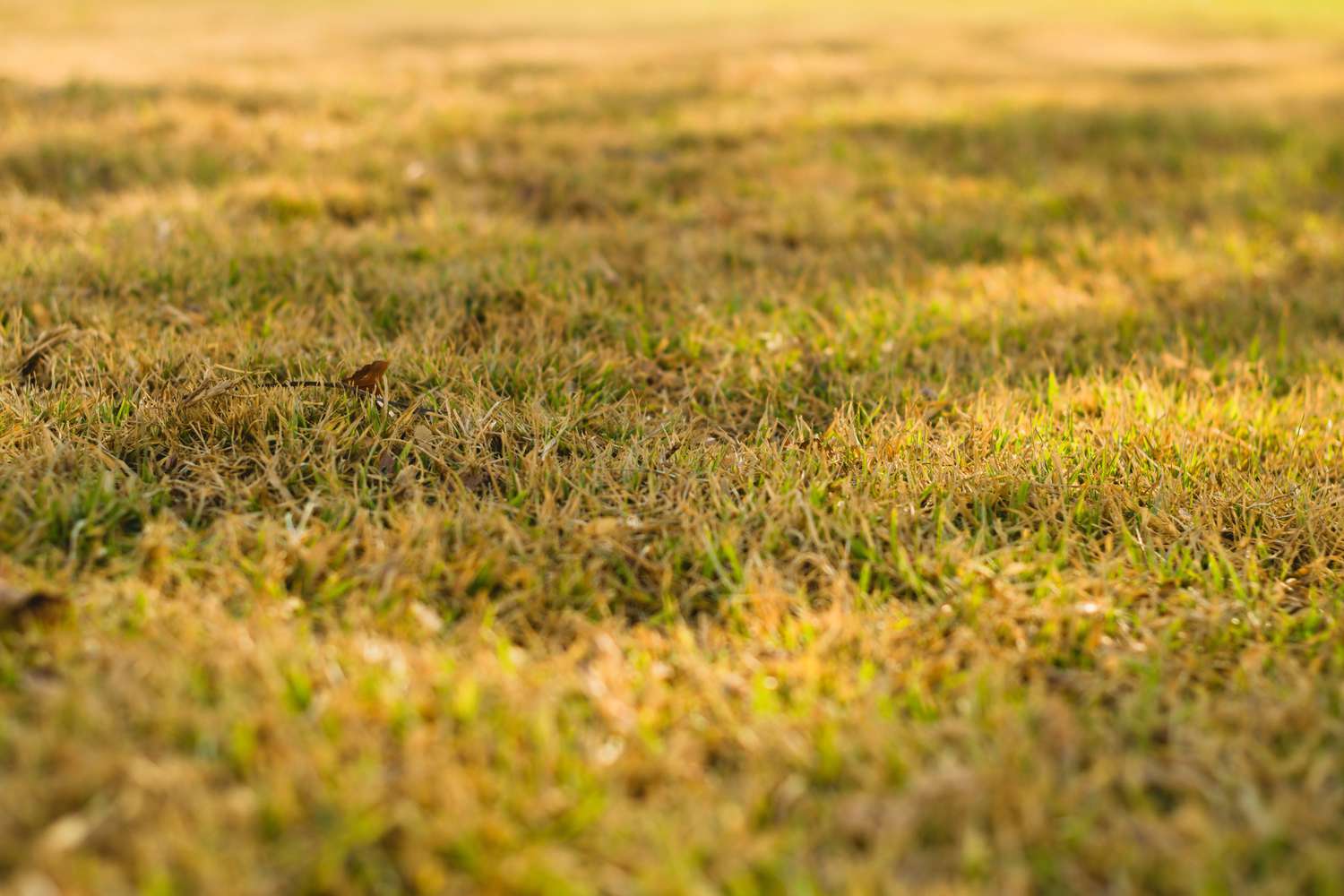

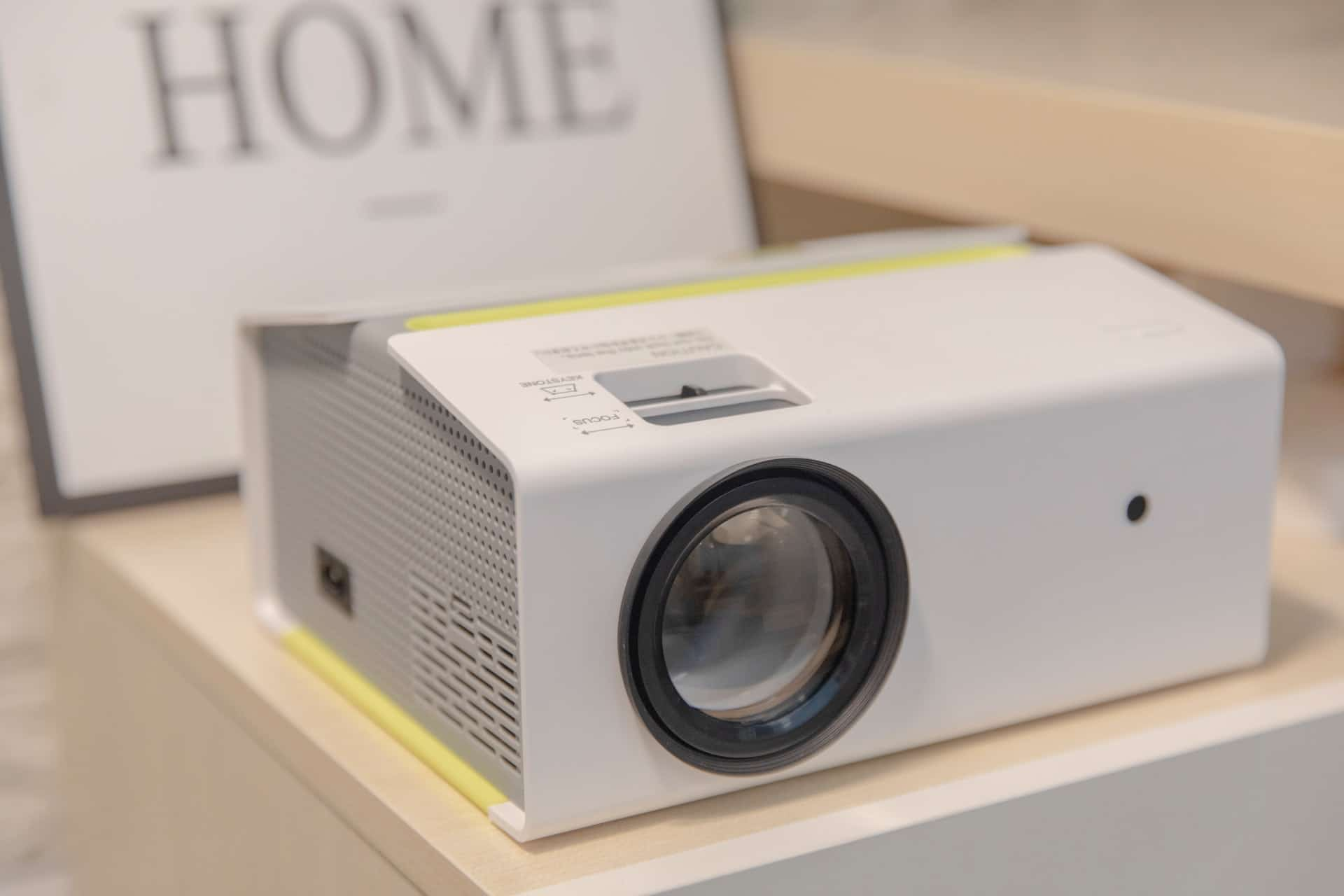

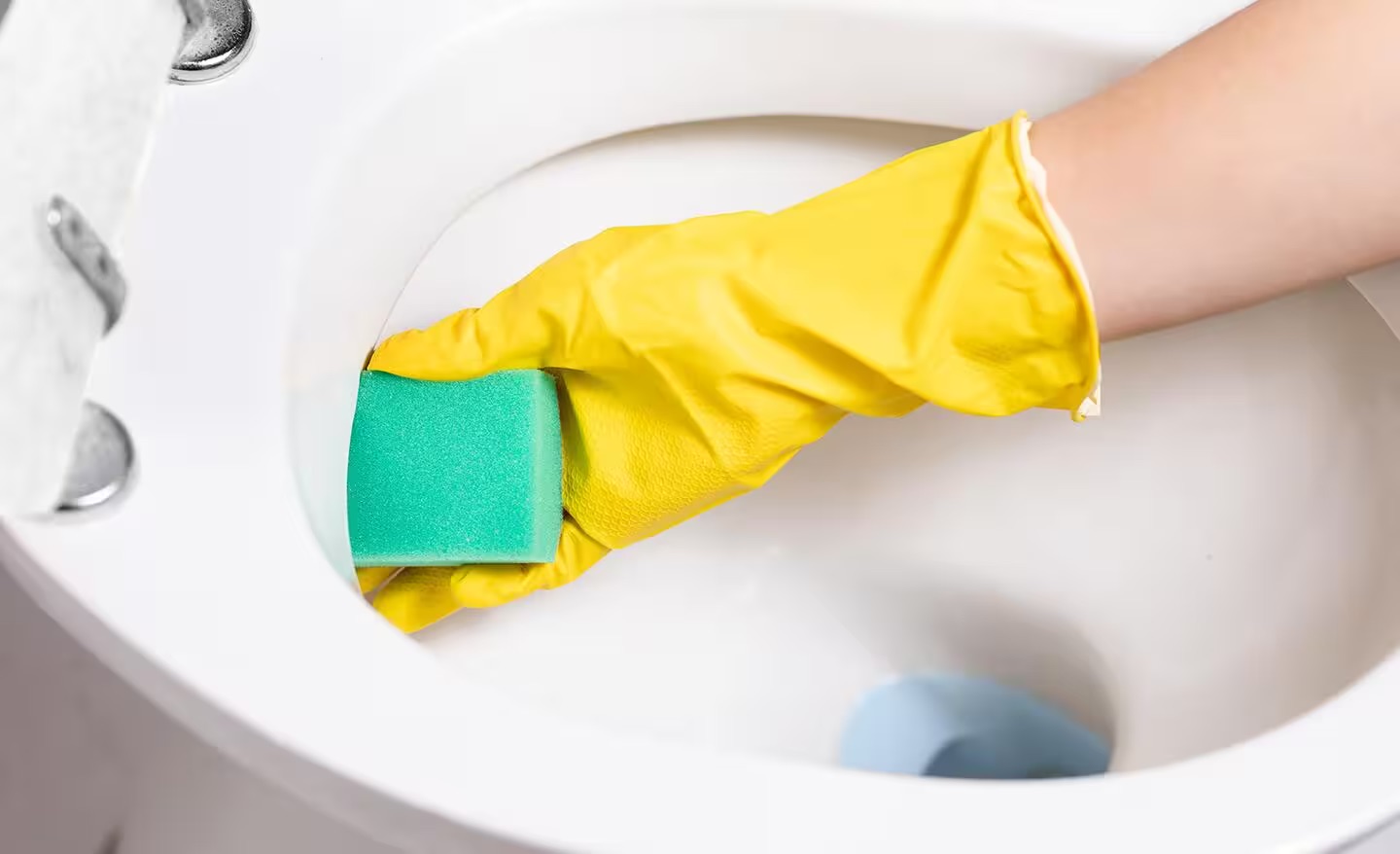
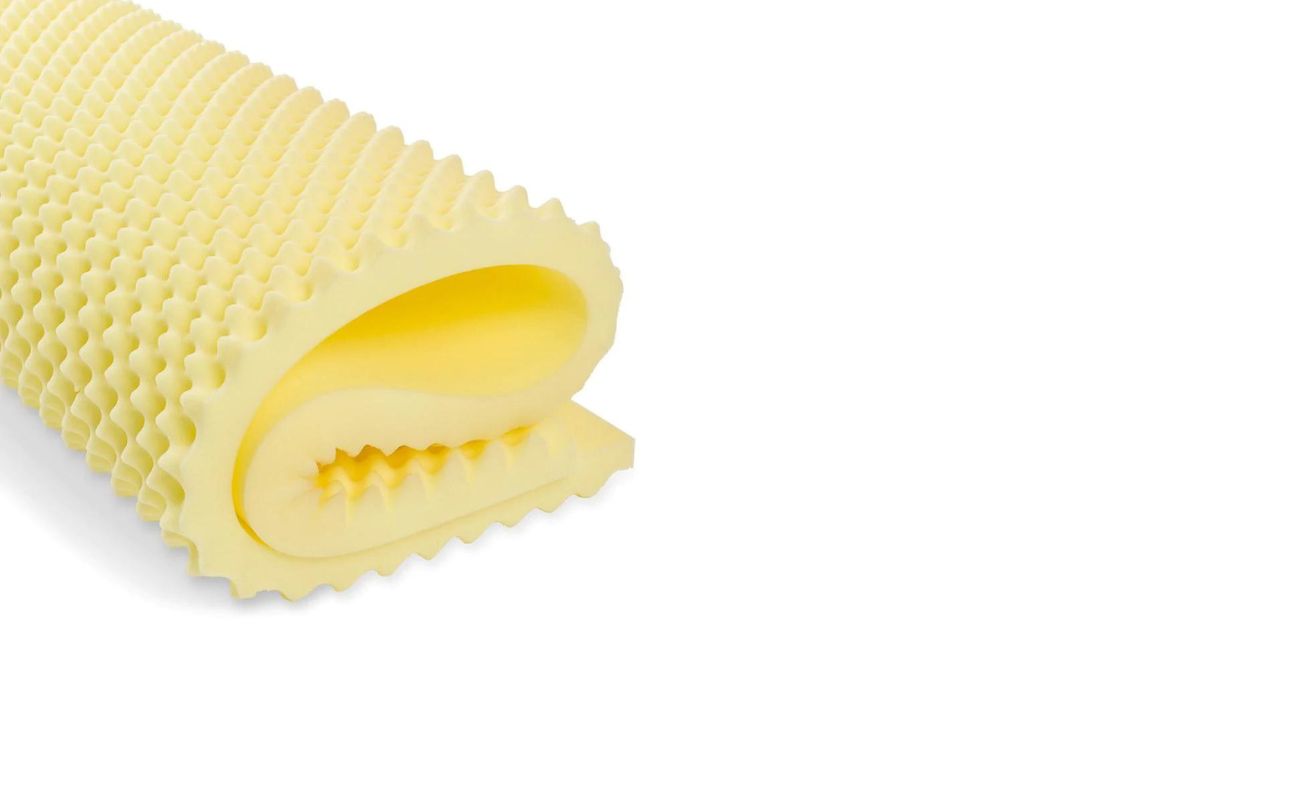
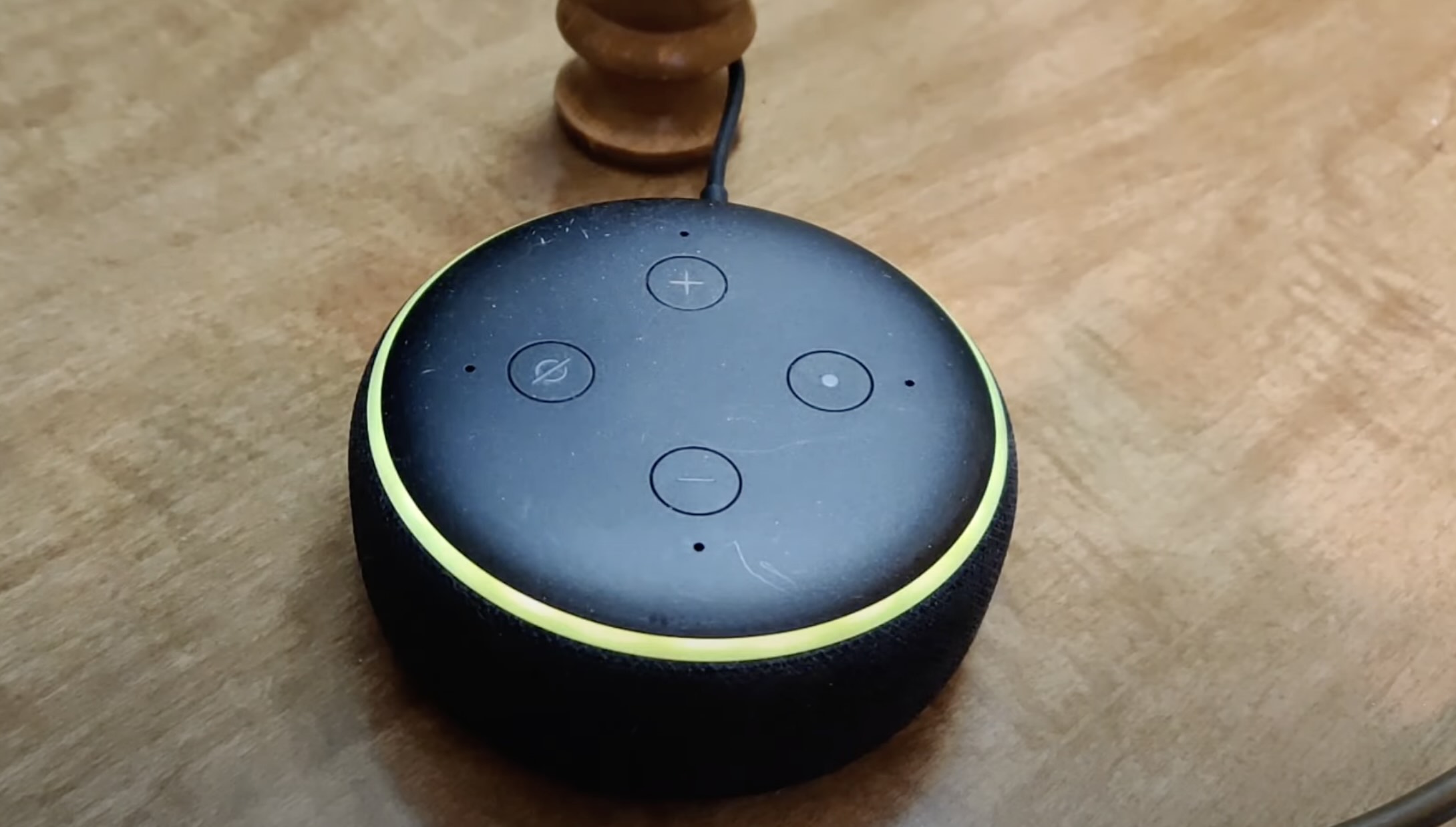
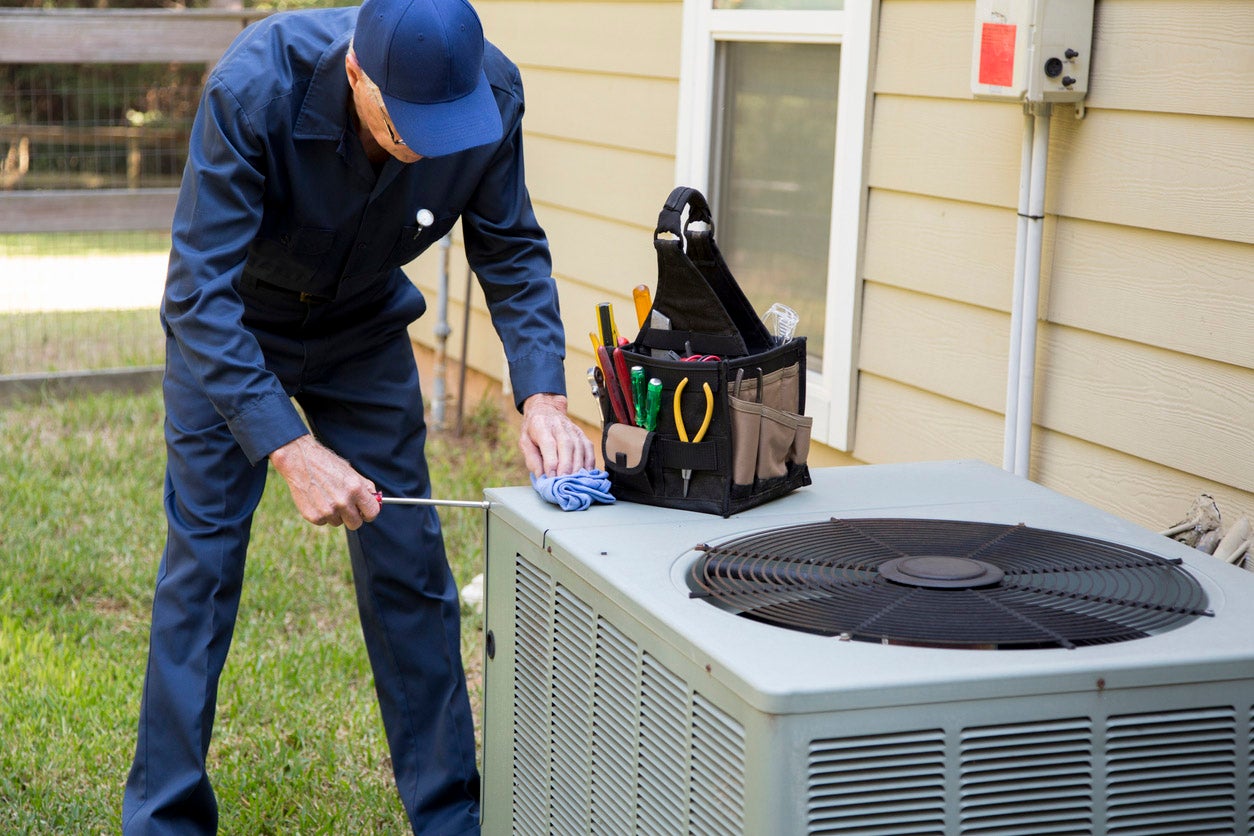
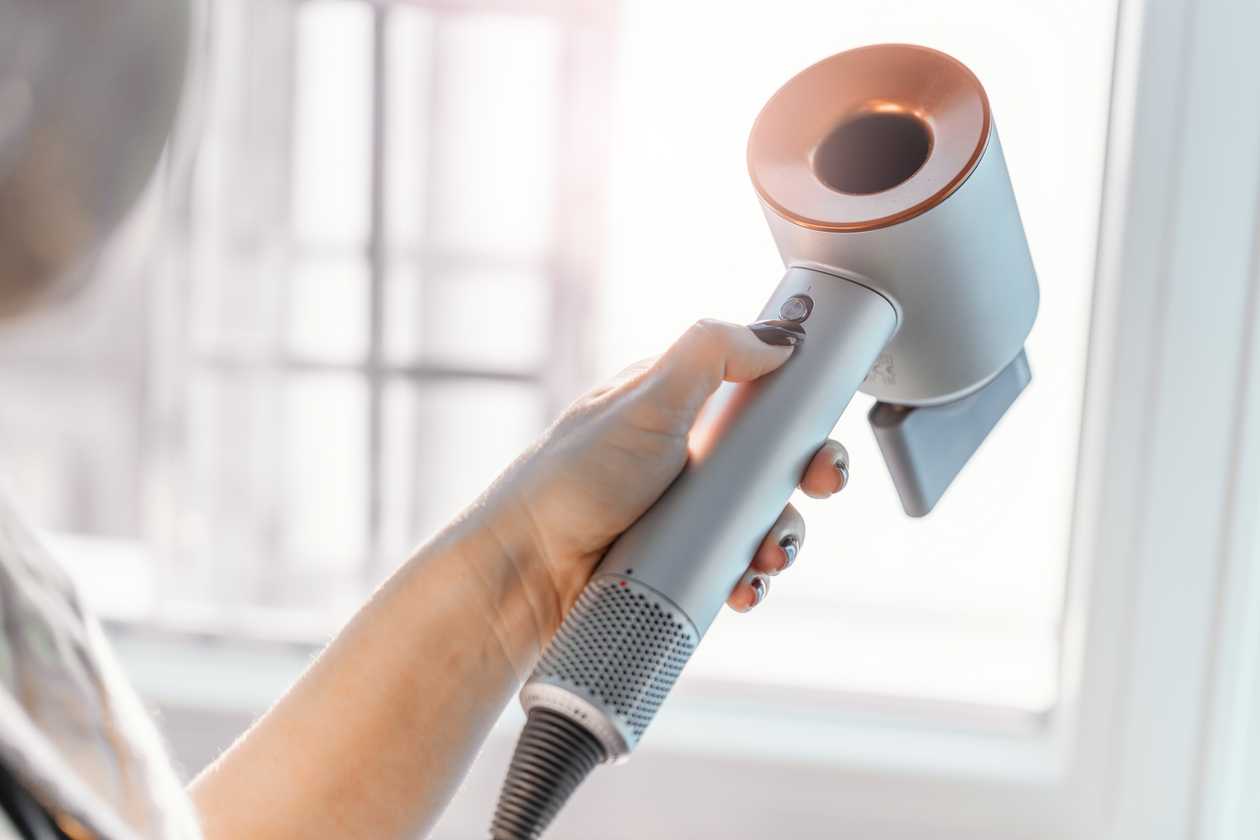
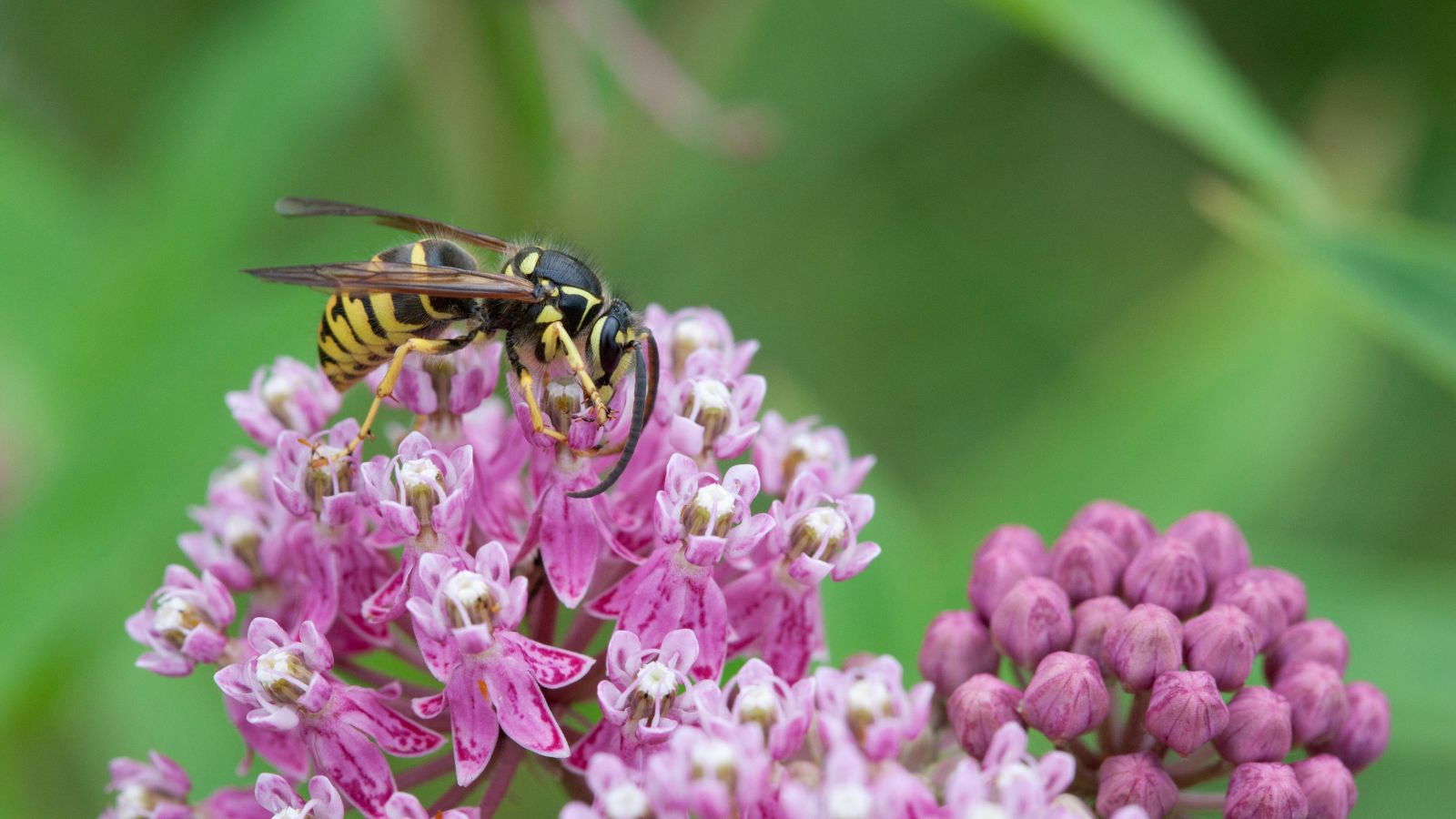

0 thoughts on “Why Do My Pillows Turn Yellow”